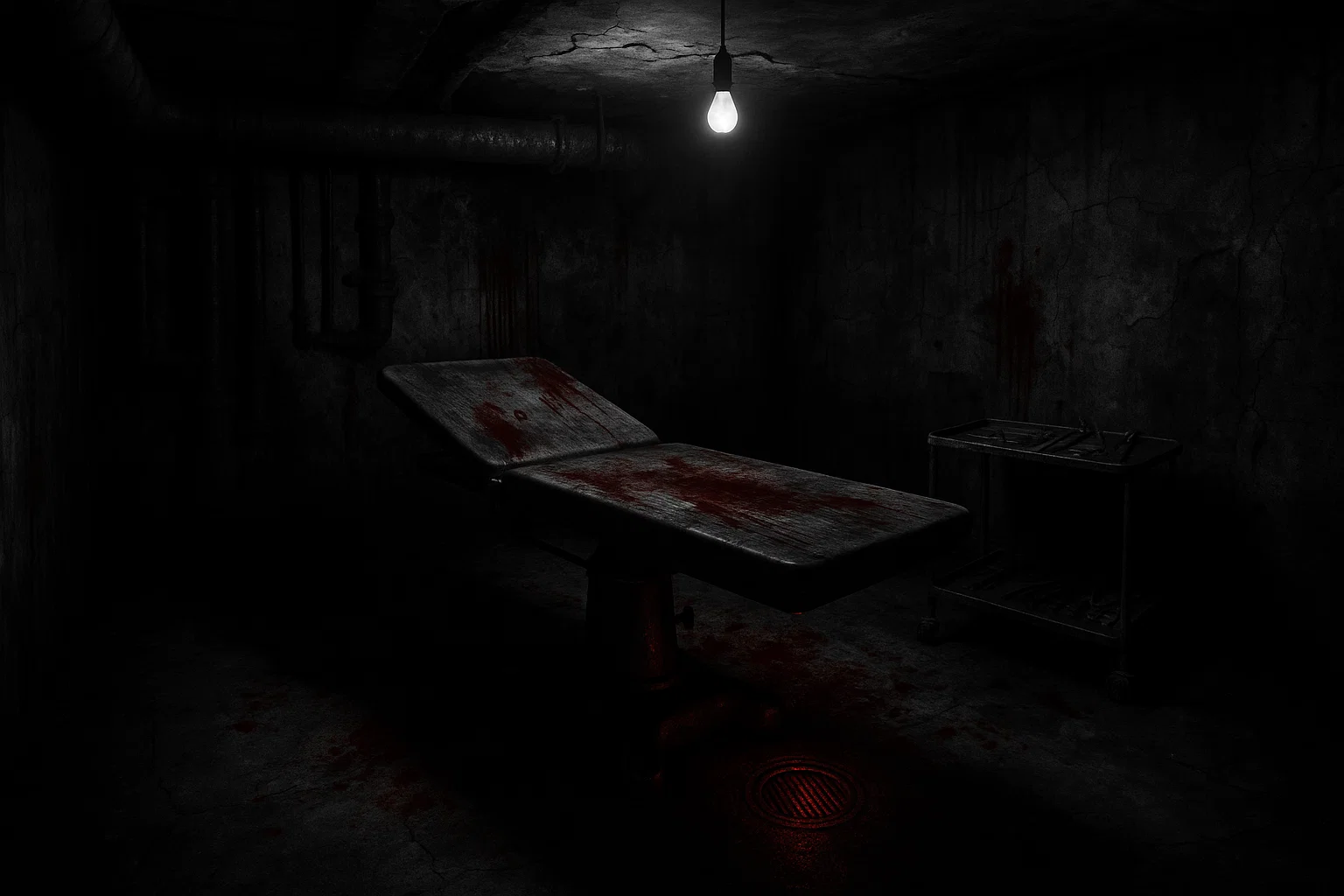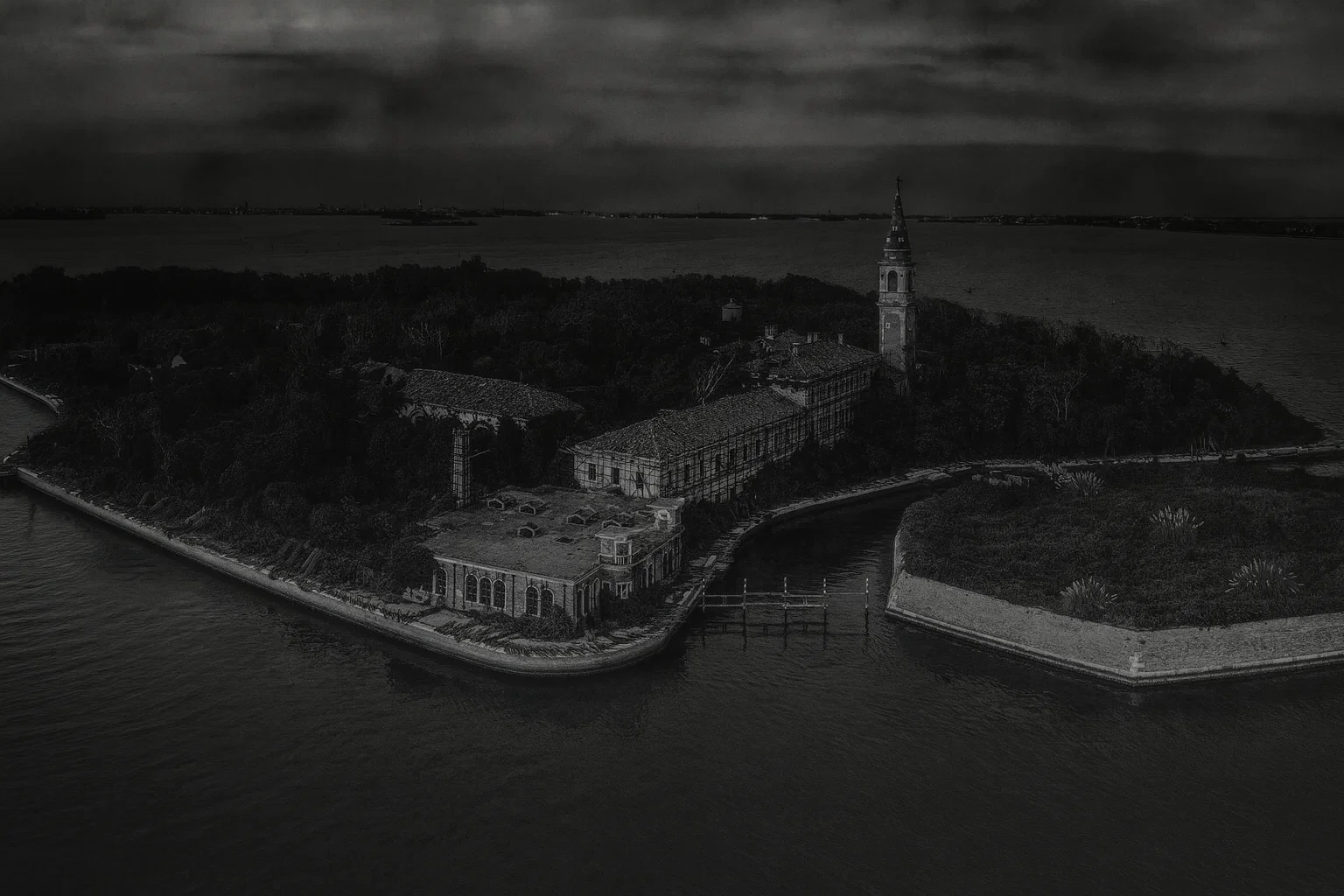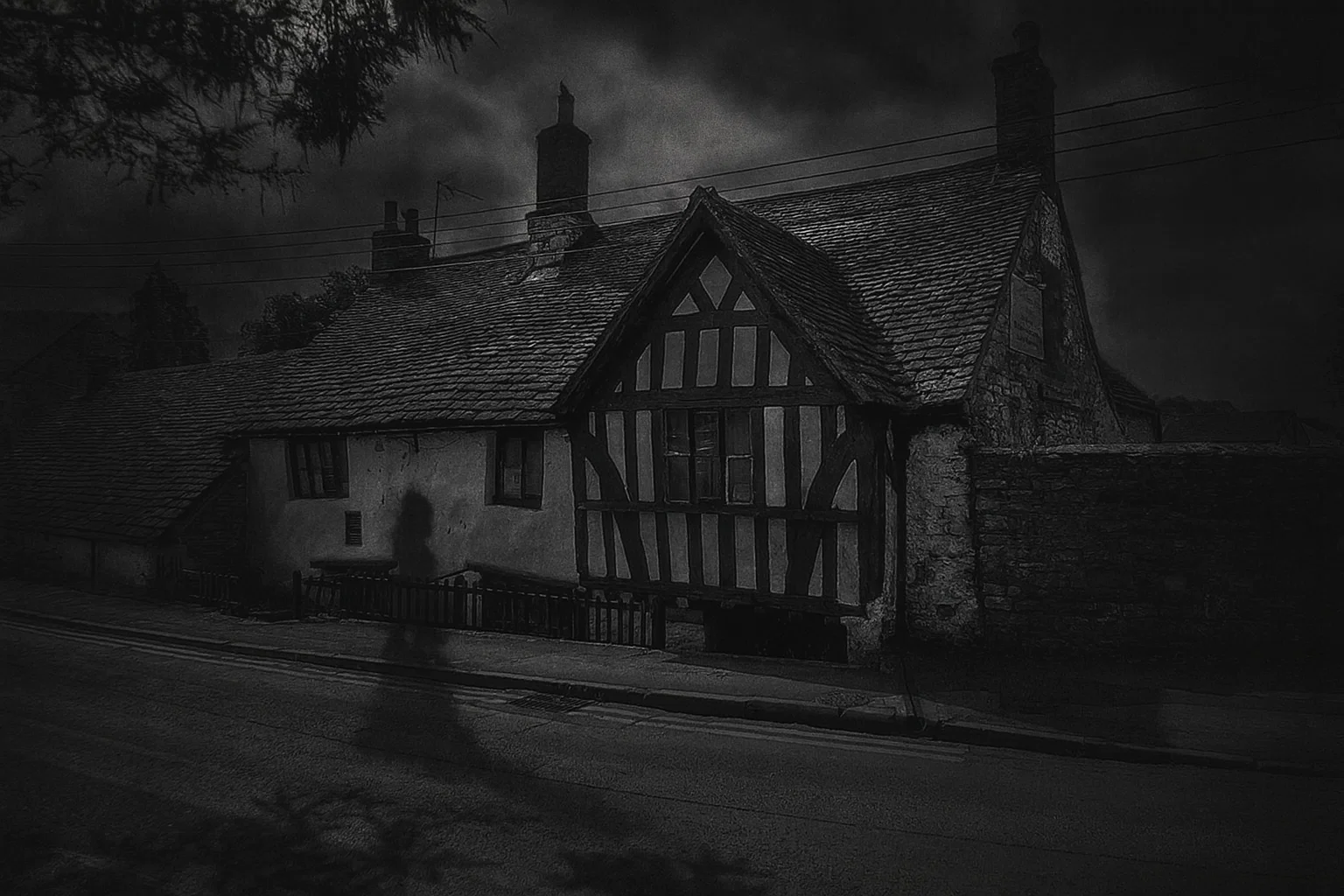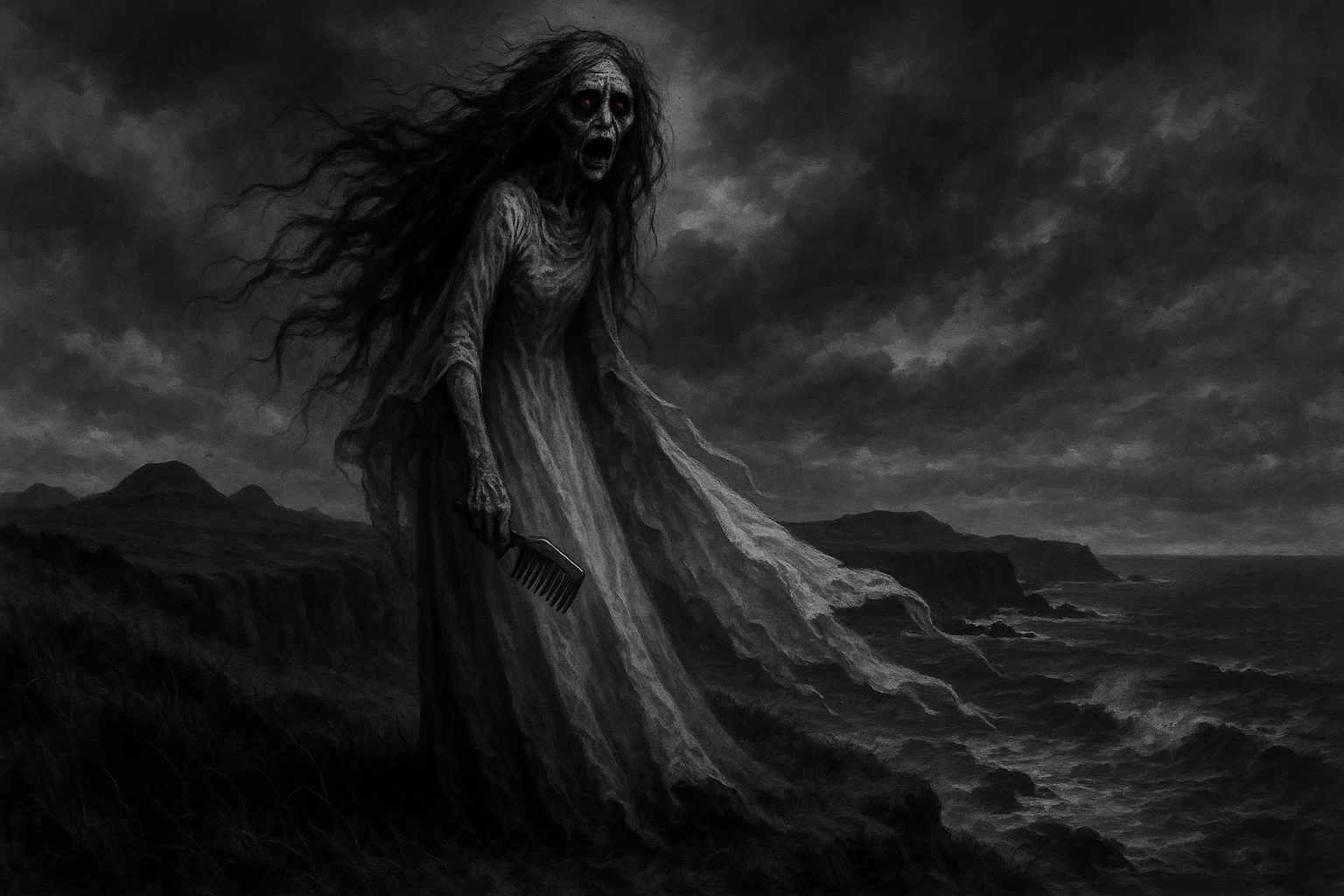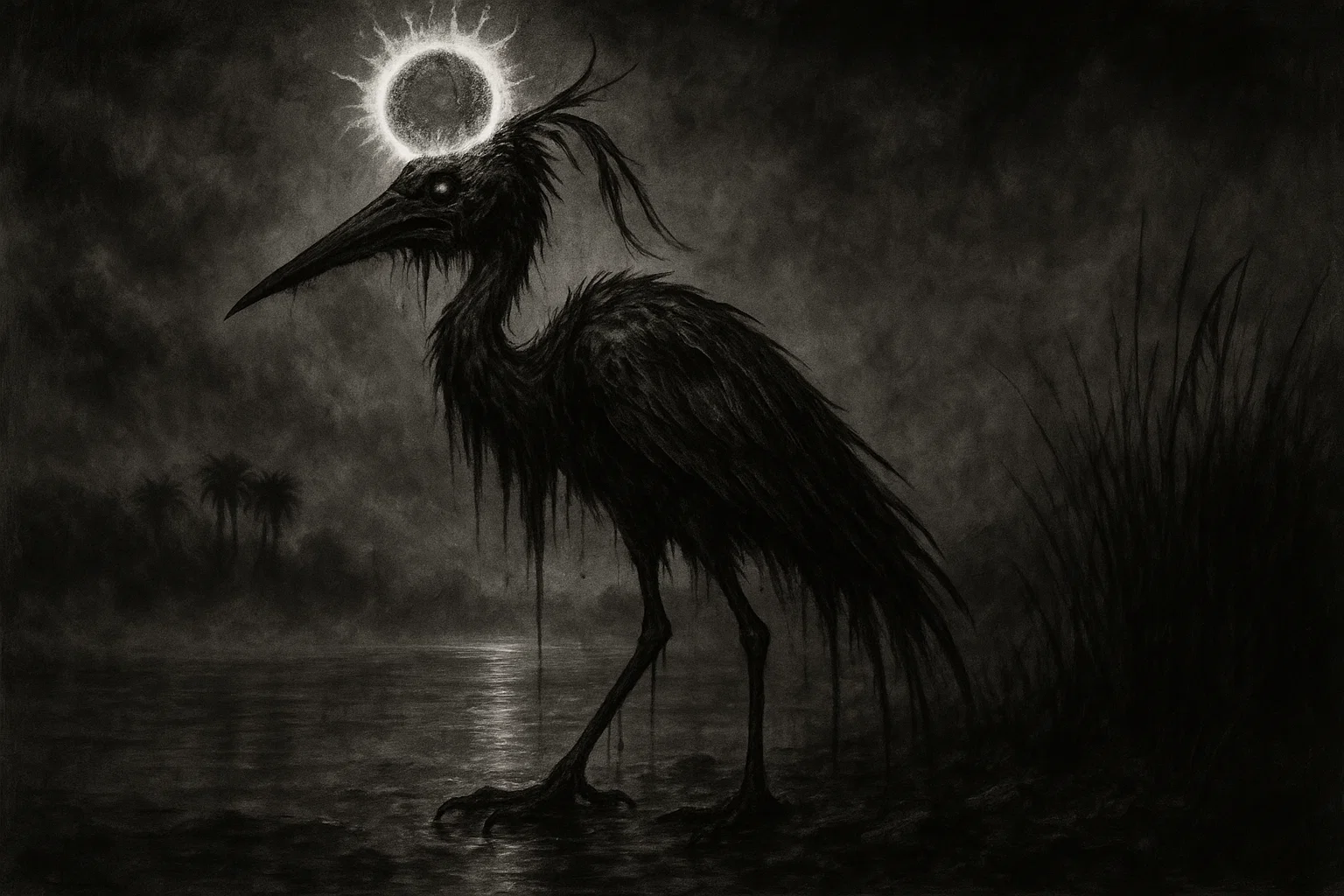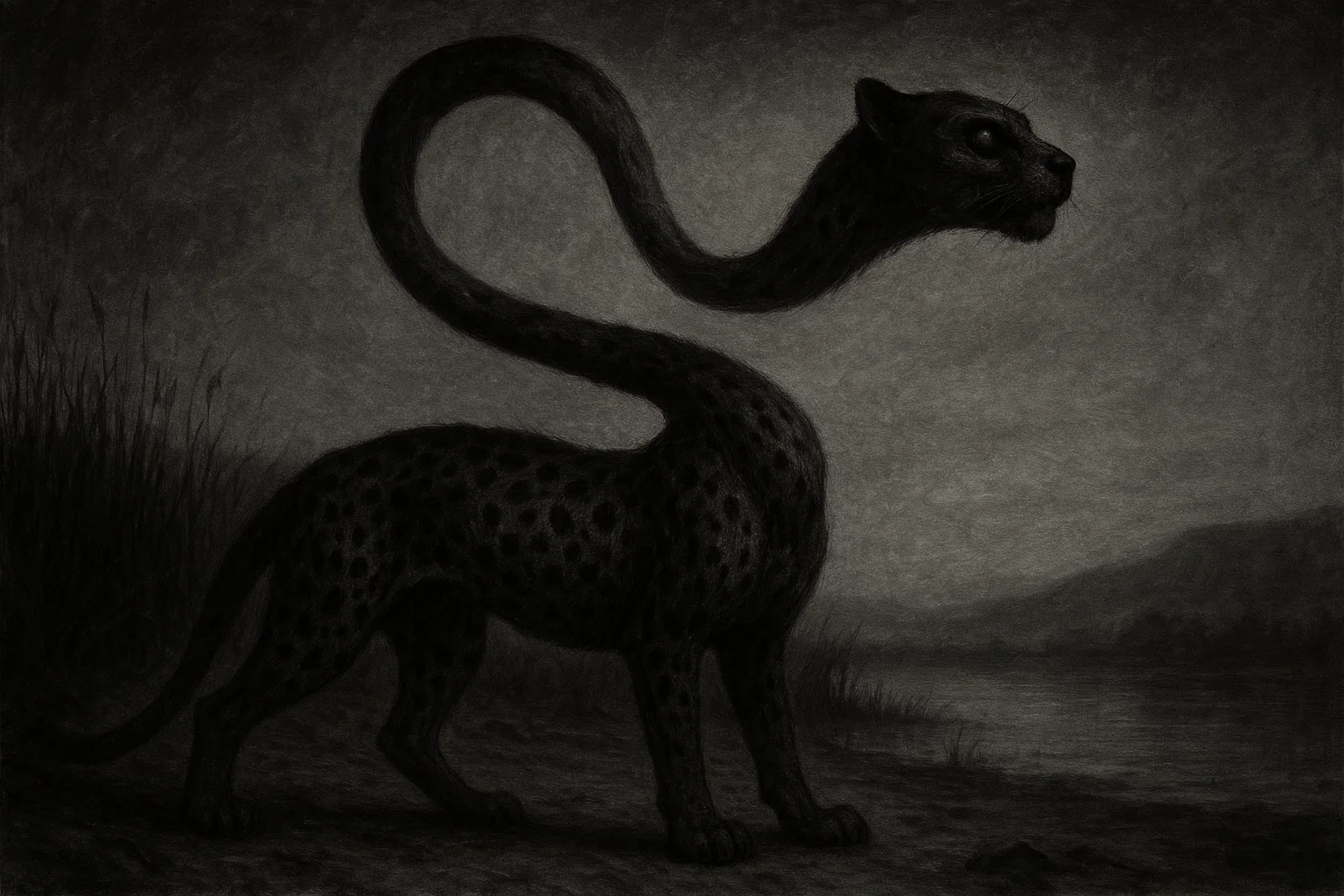Sowden House was built in 1926 by Lloyd Wright (Frank Lloyd Wright’s son). The 6,000-square-foot structure features intricate textile-block facades evoking ancient temples.
However, its notoriety derives not just from its beautiful design but also from alleged ties to the 1947 Black Dahlia murder and subsequent reports of ghostly activity, including apparitions and unexplained sounds, which have fueled its reputation as one of Hollywood’s most haunted sites.
Summary
Key Takeaways
| Attribute | Details |
|---|---|
| Name | John Sowden House; alternative names: Jaws House, Franklin House, Black Dahlia House |
| Location | 5121 Franklin Avenue, Los Feliz, Los Angeles, California, United States |
| History | Commissioned in 1926 by artist John Sowden; owned by Dr. George Hodel (1945–1950), prime suspect in the 1947 Black Dahlia murder; site of alleged torture and dismemberment in basement; Hodel’s 1949 incest scandal involving daughter Tamar; multiple ownership changes amid decay and renovations |
| Type of haunting | Intelligent, Poltergeist, Demonic, Shadow People, Apparitions, Ghosts (General) |
| Entities | Elizabeth Short (Black Dahlia victim); George Hodel; shadowy male and female figures; possible victims of Hodel’s alleged crimes |
| Manifestations | Unexplained footsteps; chain-dragging sounds; shadowy figures of both genders; cold spots; apparitions in basement and courtyard; whispers; feelings of unease and negative energy |
| First reported sighting | Early 1950s, post-Hodel era; residents reported footsteps and shadows |
| Recent activity | 2016: Ghost Adventures investigation captured EVPs and visual anomalies in basement; ongoing visitor reports of cold spots and apparitions during events (as of 2024) |
| Open to the public? | Yes; available for guided tours, private events, and occasional public access via sowdenhouse.com or organizations like homeLA |
What Is the Sowden House Haunting?
The haunting of Sowden House centers on its grim association with Dr. George Hodel, a charismatic yet scandal-plagued physician who lived there from 1945 to 1950.
Hodel, a prime suspect in the unsolved 1947 murder of aspiring actress Elizabeth Short—known as the Black Dahlia—was accused by his son, retired LAPD detective Steve Hodel, of torturing, killing, and dismembering Short in the home’s basement.
This theory, documented in Steve Hodel’s 2003 book Black Dahlia Avenger, claims that the house’s labyrinthine design—featuring a secluded courtyard and soundproofed spaces—facilitated such atrocities.
The first paranormal reports appeared soon after Hodel’s departure, with subsequent owners and visitors describing intelligent hauntings where entities seem responsive. Manifestations include apparitions of a woman in a black dress (possibly Short) and a rough male figure resembling Hodel.
The alleged poltergeist activity here (including moving objects and doors slamming) may suggest restless spirits tied to trauma. Some demonic undertones also arise, especially from the house’s “Mayan temple” aesthetic, interpreted by some as conjuring ancient curses.
Ever Walk Into a Room and Instantly Feel Something Watching You?
Millions have used burning sage to force out unwanted energies and ghosts. This concentrated White Sage & Palo Santo spray does the same job in seconds – just a few spritzes instantly lifts stagnation, breaks attachments, and restores peace most people feel immediately.
Sowden House Haunted History
Sowden House’s history is a testament to artistic ambition darkened by profound tragedy, beginning with its 1926 construction amid Los Angeles’ booming silent film era.
Commissioned by painter and photographer John Sowden and his wife Ruth, the home was envisioned as a bohemian haven for theatrical gatherings. Lloyd Wright, seeking to eclipse his father’s legacy, crafted a fortress-like structure using 2,500 unique textile blocks—ornate concrete forms inspired by Mayan ruins and his work on Hollywood sets.
The facade’s jagged “teeth” earned it the nickname Jaws House. At the same time, the interior’s central courtyard, once featuring a fountain and pool, enabled intimate performances attended by luminaries like Charlie Chaplin and Cecil B. DeMille.
Yet, early criticism labeled it a “cultic” eyesore, and the Sowdens divorced by 1930, selling to Ruth’s new husband, David Barnett, in 1936.
Subsequent owners, including real estate developer Milton Blazier, rented it to eccentrics (like child star James W. Boudwin). Still, the house languished, its innovative design requiring costly upkeep.
Darkness descended in 1945 when Dr. George Hill Hodel purchased the property for $26,000. A brilliant gynecologist and surrealist art enthusiast, Hodel hosted decadent parties with figures like Man Ray and John Huston, but his life unraveled amid allegations of moral depravity.
In 1949, his 14-year-old daughter Tamar accused him of incestuous rape in the Sowden House, a scandal that exploded in the press. Though acquitted after a vicious smear campaign against Tamar, wiretaps revealed Hodel boasting of evading justice and musing on “suicide or escape.”
This trial overlapped with the Black Dahlia investigation. Short’s bisected, drained body, found in Leimert Park, bore surgical precision linking to Hodel’s expertise.
Steve Hodel later uncovered concrete evidence: 1947 photos of Short at the house, bloodstains in the basement (dismissed by police as “housekeeper’s menses”), and Hodel’s flight to Asia in 1950, abandoning the property.
The Black Dahlia connection cemented Sowden’s infamy. Short, a 22-year-old drifter dreaming of fame, vanished in late 1946. Her mutilated corpse—face slashed in a “Glasgow smile,” body posed like a surrealist tableau—horrified the nation.
Hodel’s alibis crumbled under scrutiny. He was wiretapped discussing the murder and fled amid mounting evidence.
Tamar’s testimony described the house as a site of familial abuse, with hidden rooms for illicit acts. Post-Hodel, the Mazur family occupied it until the 1960s, reporting eerie presences—footsteps echoing in empty halls, shadows in the courtyard—attributed to unresolved violence.
By the 1970s, neglect turned Sowden into a derelict shell, its blocks crumbling like ancient ruins. Designer Xorin Balbes bought it in 2001 for $1.2 million, investing $1.6 million in restoration, though critics decried alterations like modern lighting.
You May Also Like: 15 True Ghost Stories You Shouldn’t Read Alone After Midnight
Sowden House Ghost Sightings
| Date | Witnesses | Location in House | Description | Outcome |
|---|---|---|---|---|
| Early 1950s | Mazur family residents | Courtyard and hallways | Unexplained footsteps and whispers at night; sensation of being watched by invisible presences | Family attributed to “restless echoes” from prior scandals; no formal investigation |
| 1970s | Neighborhood observers and renters | Exterior and upper rooms | Shadowy figures peering from windows; cold drafts in unoccupied spaces | House fell into disrepair; sightings fueled abandonment rumors |
| 2013 (October) | Ghost Hunters team (Jason Hawes, Grant Wilson, et al.) | Basement and courtyard | Apparition of a woman in black; EVPs saying “help me”; equipment malfunctions | Episode aired on Syfy; heightened public interest in site’s hauntings |
| 2016 (January) | Ghost Adventures crew (Zak Bagans, Aaron Goodwin, Nick Groff, Billy Tolley) | Basement, living areas, and pool | Overwhelming negative energy; malevolent growls; visual of dark mass forming; scratches on investigators | Special episode “Black Dahlia House” on Travel Channel; team described as one of their most intense locks |
| 2019–2024 (Ongoing) | Event attendees and tour groups (homeLA participants, private renters) | Full interior, especially basement | Brief apparitions of a stern man; poltergeist-like object movement during performances; feelings of dread | Reports persist via social media; no major investigations, but integrated into guided tours |
1950s Family Encounters with Footsteps and Whispers
In the years immediately following Dr. George Hodel’s abrupt departure in 1950, the Mazur family—Dr. Harold and his relatives—took possession of Sowden House, hoping to restore its faded glamour.
What began as a fresh start quickly soured into nights of unease. Family members (including young children) reported rhythmic footsteps traversing the narrow corridors from the courtyard to the upper bedrooms, as if someone paced endlessly in heavy shoes.
These sounds peaked around midnight, ceasing abruptly when lights were flipped on. Whispers followed—faint, fragmented phrases like “leave now” or indistinct sobs—emanating from walls lined with Lloyd Wright’s textured blocks, which seemed to amplify rather than muffle the anomalies.
Dr. Mazur, a pragmatic physician, initially dismissed the occurrences as settling foundations or wind through the courtyard’s open design. However, his wife and daughter described a pervasive chill, even in Los Angeles’ mild climate, concentrated in the living quarters overlooking the former pool area.
One evening in 1952, the daughter awoke to a shadowy silhouette at her bedside—a female form in a flowing dress, face obscured—vanishing as she screamed.
The family consulted a local priest for a blessing, who noted the house’s “oppressive atmosphere,” akin to that of sites of profound sorrow. These intelligent hauntings suggested entities aware of observers, possibly Short’s spirit or Hodel’s victims seeking acknowledgment.
2013 Ghost Hunters Investigation: Apparition and EVPs
The Syfy series Ghost Hunters targeted Sowden House in October 2013, drawn by its Black Dahlia ties and mounting anecdotal reports.
Led by founders Jason Hawes and Grant Wilson, the team—joined by investigators like Steve Gonsalves—conducted a two-night lockdown, focusing on the basement, where Steve Hodel alleged Short’s dismemberment occurred.
Using MEL meters, spirit boxes, and infrared cameras, they navigated the dimly lit spaces, noting immediate temperature drops from 72°F to 58°F upon entering the lower level.
Key manifestations developed in the basement’s concrete chamber: a full-bodied apparition materialized—a translucent woman in a dark dress, hovering near a drain Hodel claimed washed away evidence—before dissolving into mist.
Audio devices captured class-A EVPs, including a pleading “help me” overlapping team questions about Short’s fate, and a guttural male voice snarling “mine.”
In the courtyard, a K-II meter spiked erratically during an EVP session, coinciding with whispers of “Elizabeth.” More poltergeist elements appeared when a tripod toppled on its own, scratching Gonsalves’ arm.
The team interpreted these as intelligent responses, with the female entity possibly Short and the male Hodel’s domineering echo.
You May Also Like: 15 Most Terrifying Haunted Hotels in Alabama
2016 Ghost Adventures Lockdown: Negative Energy and Scratches
Travel Channel’s Ghost Adventures descended on Sowden House in January 2016 for a special episode probing the Black Dahlia’s spectral remnants.
Host Zak Bagans, with Aaron Goodwin, Nick Groff, and Billy Tolley, endured 12 hours of isolation, with their EMF detectors alarming from the outset. The basement proved most volatile: Bagans reported visceral dread, as if “sucked into a void.”
At the same time, a spirit box spat fragmented warnings—“get out,” “blood”—and a full-spectrum camera glimpsed a swirling dark mass coalescing into a humanoid shape.
Manifestations escalated with physical contact; Goodwin sustained unexplained scratches on his back, red welts forming mid-session, echoing poltergeist attacks tied to trauma.
In the living room, EVPs mimicked Short’s voice: “cut me,” layered over static. A male growl, captured on a digital recorder, responded to queries about Hodel, snarling “liar.”
Upstairs, shadow people darted across hallways—tall, featureless voids—triggering flight-or-fight responses. The pool area yielded orbs on video, flickering like fireflies before vanishing.
Bagans theorized demonic influence from Hodel’s “occult-tinged” parties, though evidence pointed to unresolved murder energy. The lockdown ended prematurely due to escalating aggression, with Tolley collapsing from nausea.
Airing as “The Black Dahlia Murder House,” the episode garnered millions of views, and forensic audio analysis confirmed the presence of non-human voices.
Theories
Theories surrounding the Sowden House haunting blend historical trauma, architectural symbolism, and psychological factors, with proponents and skeptics debating whether manifestations stem from genuine spirits or human suggestion.
Black Dahlia Residual Trauma Theory
Many believe that violent events leave a lasting impression on the places where they happen, especially in the case of Elizabeth Short, who was allegedly murdered in 1947.
Supporters of this idea (like Steve Hodel) believe that the suffering and violence she endured may create a kind of “energy” that causes strange occurrences in that location, such as ghostly sightings or unusual sounds.
They point out that the way her body was discovered—positioned in a specific manner and showing signs of being harmed with great precision—suggests she went through a lot of pain, leaving behind what they call a “psychic scar.”
Intelligent Haunting from Multiple Victims
Some experts believe that mysterious entities responding through spirit boxes are actually the spirits of victims connected to George Hodel, a man suspected of multiple crimes. Among these victims is a woman known as the “Lone Woman,” who was found in 1945, along with others believed to have been affected by Hodel’s actions.
In an episode of the show “Ghost Adventures” from 2016, strange noises, including scratches and growls, suggested that intelligent spirits might be interacting, possibly male figures representing Hodel’s troubled past.
This theory is supported by recordings of Hodel’s conversations, in which he seemed to brag about his involvement in suspicious activities, leading some to believe these spirits are seeking justice.
You May Also Like: Is My Home Haunted or Just Old? How to Tell the Difference
Architectural and Symbolic Curse
Sowden’s blocks are designed with a Mayan theme, resembling ancient temples used for sacrifice. Some esoteric thinkers believe these structures tap into powerful, possibly cursed energies.
Lloyd Wright’s design is described as an “expressionist temple,” and reviews from 1926 suggest it connects with ancient rituals, which are brought to life through Hodel’s surrealist practices.
Psychological Mass Hysteria
Some skeptics, including experts in paranormal studies, believe that stories about unusual events are mostly hype stirred up by the media, as in the show “I Am the Night” (2019) and Hodel’s book.
They suggest that things like cold spots in a house could simply be due to poor insulation and that strange noises could just be the building settling. Reports from the 1950s about the Mazur home, published amid scandal, illustrate how people can be influenced by their surroundings.
Sowden House vs Other Haunted Locations
| Haunted Location | City/State | Key Historical Event | Primary Manifestations |
|---|---|---|---|
| Cecil Hotel (Stay on Main) | Los Angeles, CA | Elisa Lam’s 2013 death; serial killer ties | Apparitions in elevators; water sounds; cold spots |
| Queen Mary | Long Beach, CA | WWII troopship tragedies; 1930s suicides | Apparitions in cabins; knocks; wet footprints |
| Pico House | Los Angeles, CA | 1871 Chinese Massacre | Footsteps in halls; whispers; shadowy figures |
| Hollywood Forever Cemetery | Los Angeles, CA | Burials of Valentino, Monroe; ghostly wanderers | Orbs; full-bodied apparitions; cries at night |
| Ennis House | Los Angeles, CA | Textile-block decay; film curses (Blade Runner) | Shadow people; object movement; unease |
| Greystone Mansion | Beverly Hills, CA | 1929 Ned Doheny murder-suicide | Footsteps; piano playing; apparitions |
| LaLaurie Mansion | New Orleans, LA | 1834 slave torture fire | Chains rattling; screams; shadowy slaves |
| Villisca Axe Murder House | Villisca, IA | 1912 family axe killings | Children’s laughter; tool movements; apparitions |
| Smurl Haunting House | West Pittston, PA | 1974–1987 demonic possession | Odors; levitations; physical assaults |
| Winchester Mystery House | San Jose, CA | Sarah Winchester’s spirit appeasement | Doorways to nowhere; staircases to ceilings; knocks |
| Lizzie Borden House | Fall River, MA | 1892 axe murders | Axe sounds; bed vibrations; apparitions |
| Myrtles Plantation | St. Francisville, LA | Slave hangings; poisonings | Mirror ghosts; handprints; children’s cries |
| Bell Witch Cabin | Adams, TN | 1817–1821 poltergeist torment | Slaps; voices; animal anomalies |
| Amityville Horror House | Amityville, NY | 1974 DeFeo family murders | Swarms of flies; green slime; demonic voices |
| Eastern State Penitentiary | Philadelphia, PA | Solitary confinement tortures | Shadow people; cackles; cell doors slamming |
You May Also Like: Pruflas: Prince of Chaos in Hell’s Hierarchy
Is Sowden House Haunting Real?
The haunting of Sowden House is a fascinating mystery, connected to real-life tragedies (like the Black Dahlia case) and the scandals surrounding George Hodel.
Still, it lacks solid proof of paranormal activity. Investigations have uncovered intriguing audio recordings and strange occurrences that suggest something unusual might still be present in the house. However, skeptics usually explain these experiences as the result of environmental conditions or cultural excitement surrounding the location.
Whether the restless spirits of Elizabeth Short and George Hodel truly wander its halls or our imaginations create these stories from the place’s heavy history, the Sowden House’s alleged haunting stands as a powerful reminder of unresolved suffering.

